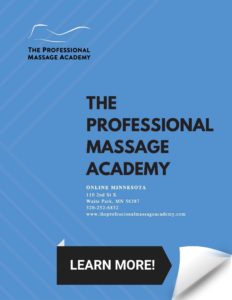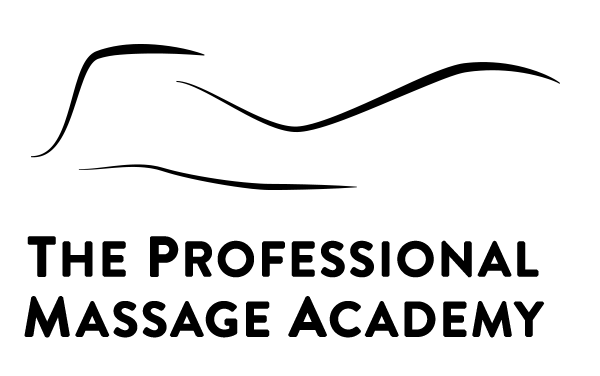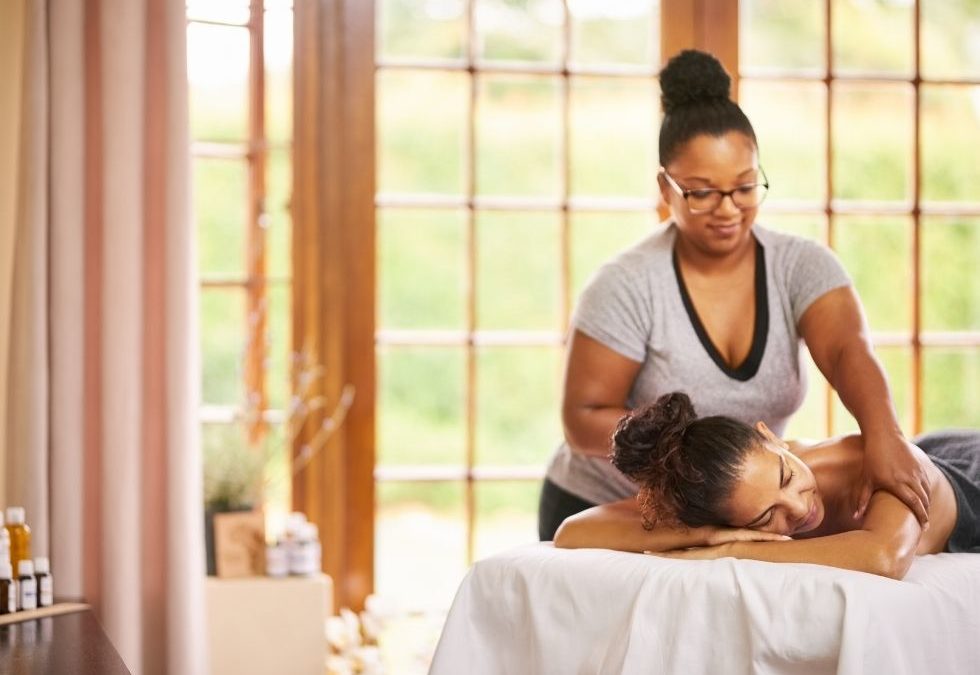Performing a full body massage for a client means that you are massaging all major body parts from head to toe. There can be variations on how to perform this, and you can always place more precedence on certain body parts based on the needs of the client. We will describe the focus points and top steps to perform on each area of the body during a full body massage.
Where to Start?
Oftentimes, it is helpful to begin the massage at the client’s head. The client can be face up or face down. For the sake of this article, let’s say the client is beginning the massage face up. The main focus points in this region are the neck muscles on the back, sides and front. You may also choose to work on the head or face muscles in this region.
Arm Massage Tips
Next, the massage therapist will work on the client’s arms. The top steps here are to be sure to work on the muscles of the shoulders, such as the rotator cuff, then the forearms and hands. It is also often helpful to release tightness in the pec muscles in the front of the shoulders/chest, as able.
Leg Massage Tips
The massage therapist will then move on to the legs. The quadricep muscles (fronts of thighs) are a large muscle group that tend to be tight. The lower legs and feet will be next, and focus can be on any of the muscles that are tight in this area such as the tibialis anterior (front of lower legs) and the plantar fascia on the bottom of the feet.
The next step is to have the client turn onto their stomach, and work on the posterior side of the body. The massage therapist can decide, but usually staying on the leg region is a good idea. He/she will work on the gluteals, hamstrings and calves.
Back and Neck Massage Tips
The lower back, middle back and neck will be next. The lower back muscles to focus on are the ones along the spine and those that connect to the pelvis. The middle back muscles like the trapezius and rhomboids often need massage. The neck is a great region to finish the massage at, and one may choose to focus on the muscles that connect the shoulders and neck such as the upper trapezius muscles as these tend to be tight on people. For a relaxing effect, the massage therapist could do a scalp massage as well.
 Learn more about our massage therapy school here!
Learn more about our massage therapy school here!
To learn more about massage therapy, check out our Instagram page!


Recent Comments